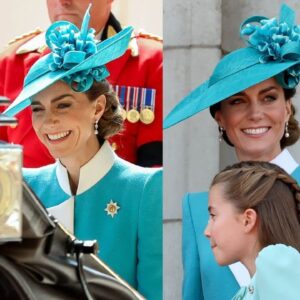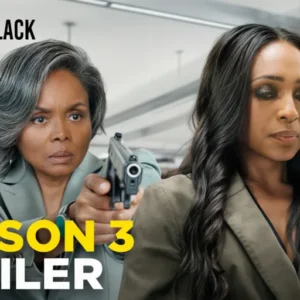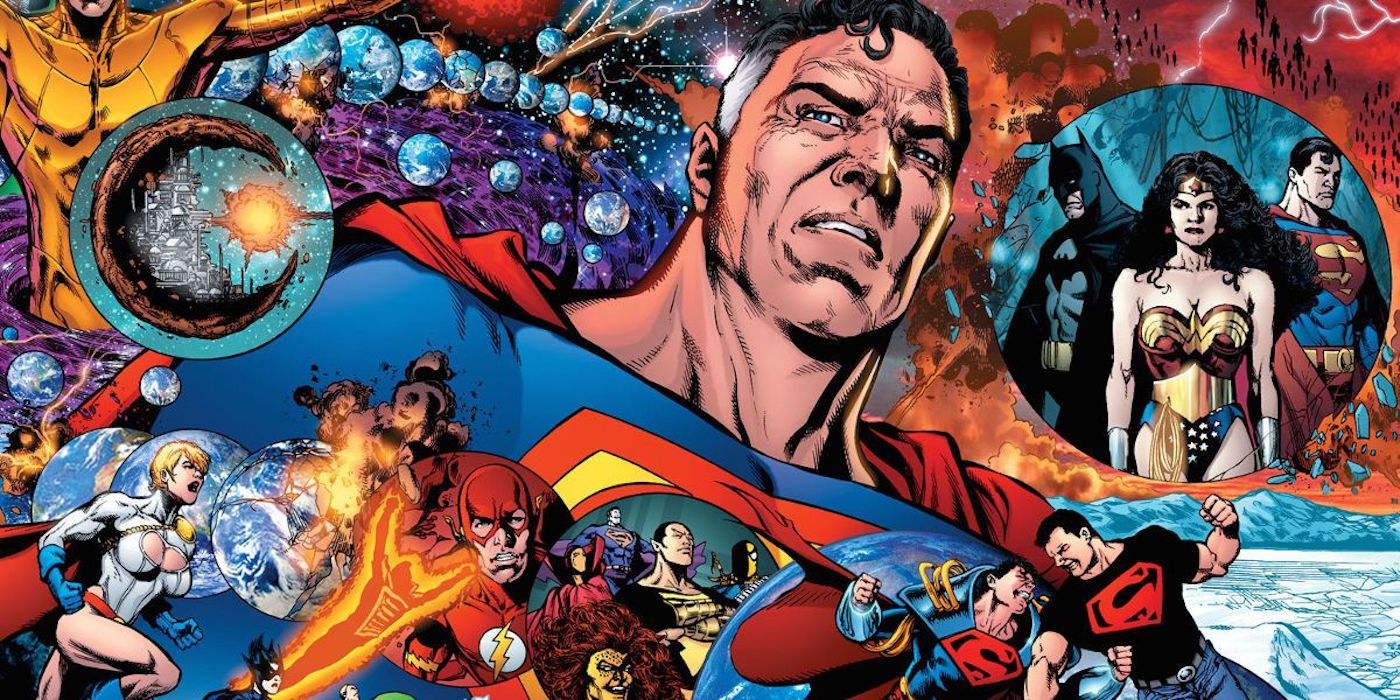
Many of these retcons have become integral to fans’ conceptions of the World’s Greatest Heroes, while more than a few still have their fair share of detractors. But each one of the retcons in this list had an undeniable effect on the DC Universe – and its fans.
10. Better: Superboy Prime Punching the Multiverse
Infinite Crisis: Secret Files and Origins #1 by Marv Wolfman, Dan Jurgens, Art Thibert, Cam Smith, Nelson DeCastro, Jerry Ordway, Guy Major, Jeromy Cox, and Travis Lanham
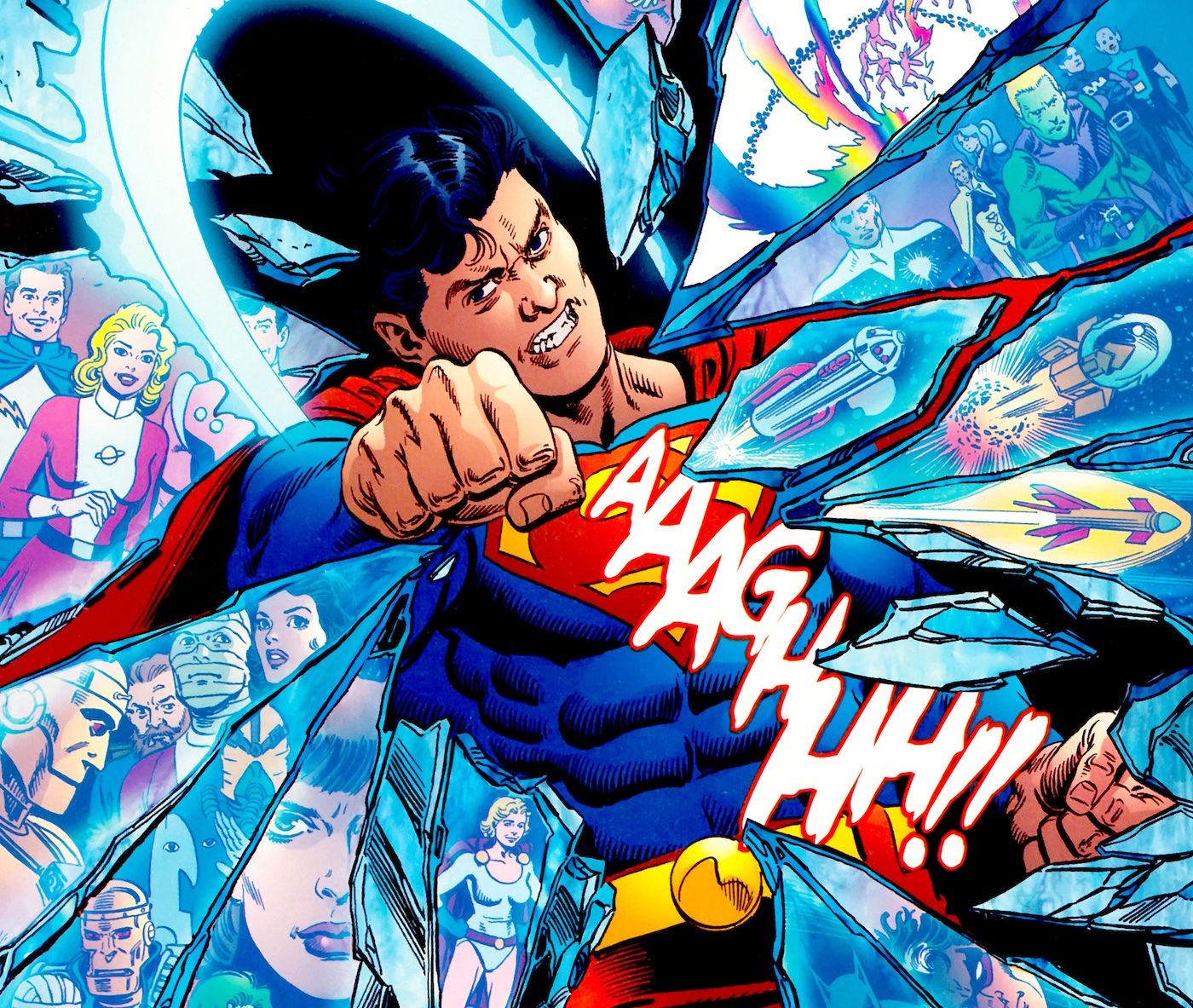
Admittedly, there are more than a few of said fans out there who aren’t too fond of this alternate Clark Kent’s multiversal meddling, but it ultimately had its intended effect of explaining away quite a few errors in DC’s post-Crisis continuity. From explaining the convoluted history of Hawkman’s conflicting variants to the multiple origins of Donna Troy – and even the resurrection of Jason Todd as Red Hood – Superboy Prime’s punch is still partially responsible for the DC Comics that fans know today.
9. Worse: Rogol Zaar’s Destruction of Krypton
The Man of Steel by Brian Michael Bendis, Jason Fabok, Ivan Reis, Doc Shaner, and More
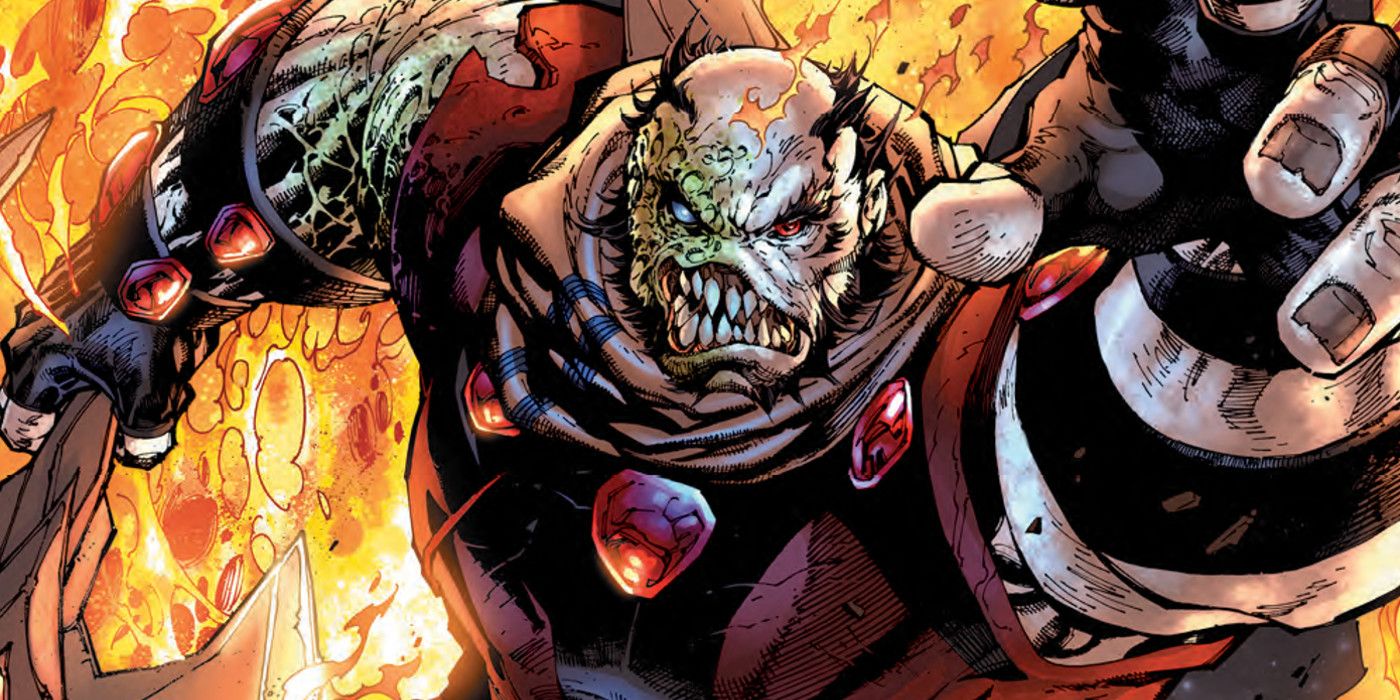
8. Worse: Barry Allen Creating the Speed Force
The Flash: Rebirth by Geoff Johns, Ethan Van Sciver, Scott Hanna, Alex Sinclair, Hi-Fi, and Rob Leigh
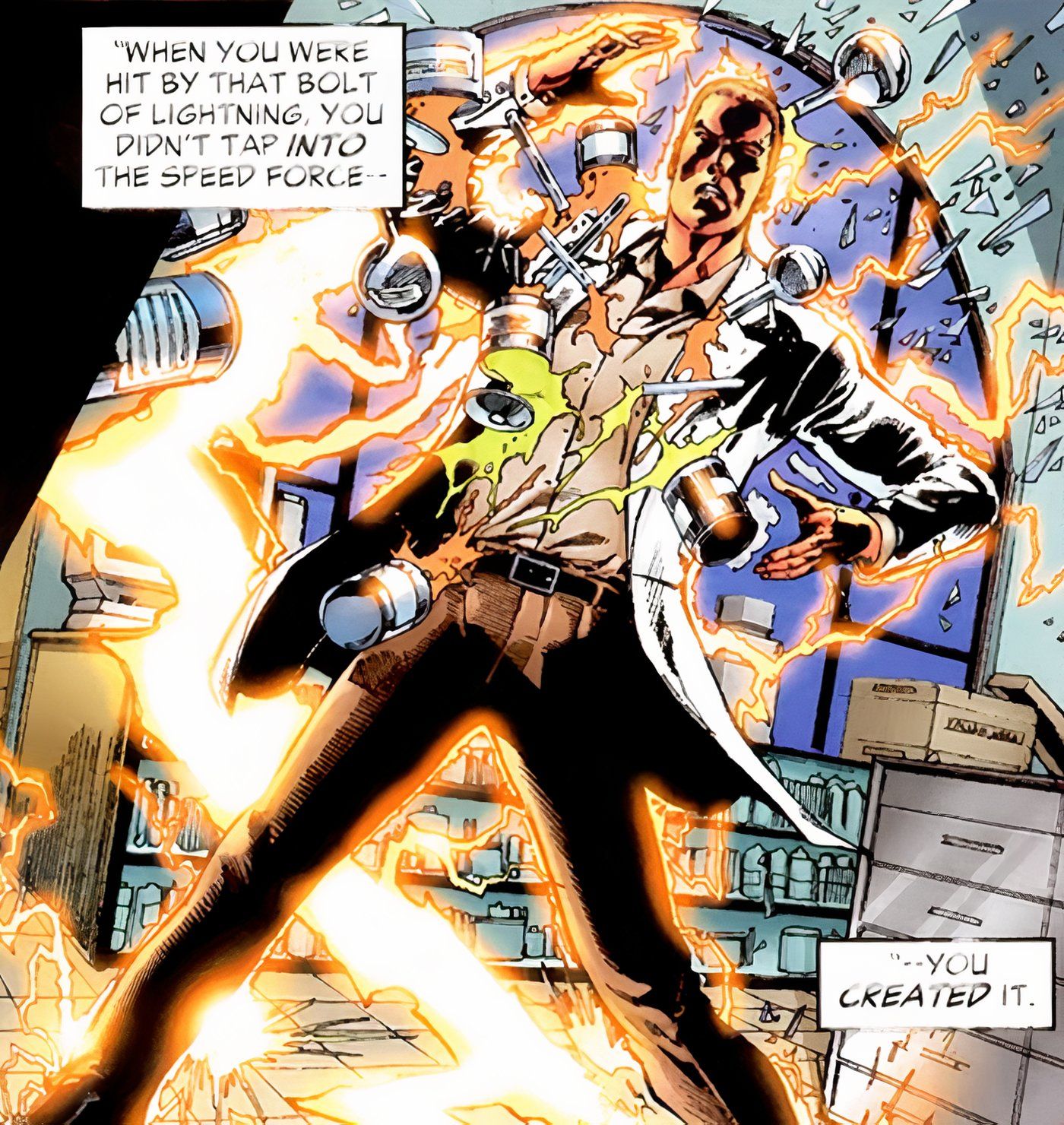
Originally discovered by Max Mercury and later mastered by the Flash Wally West, the Speed Force is larger than life, a quasi-mystical element to the otherwise science-fiction-heavy adventures of DC’s Fastest Man Alive. As such, the Speed Force has had a few origins over the years, but the most infamous is the notion that it was first created by the Flash Barry Allen himself.
7. Better: Streamlining the Hawks’ History
Hawkman #7 by Robert Venditti, Bryan Hitch, Andrew Currie, Jeremiah Skipper, Richard Starkings, and Comicraft
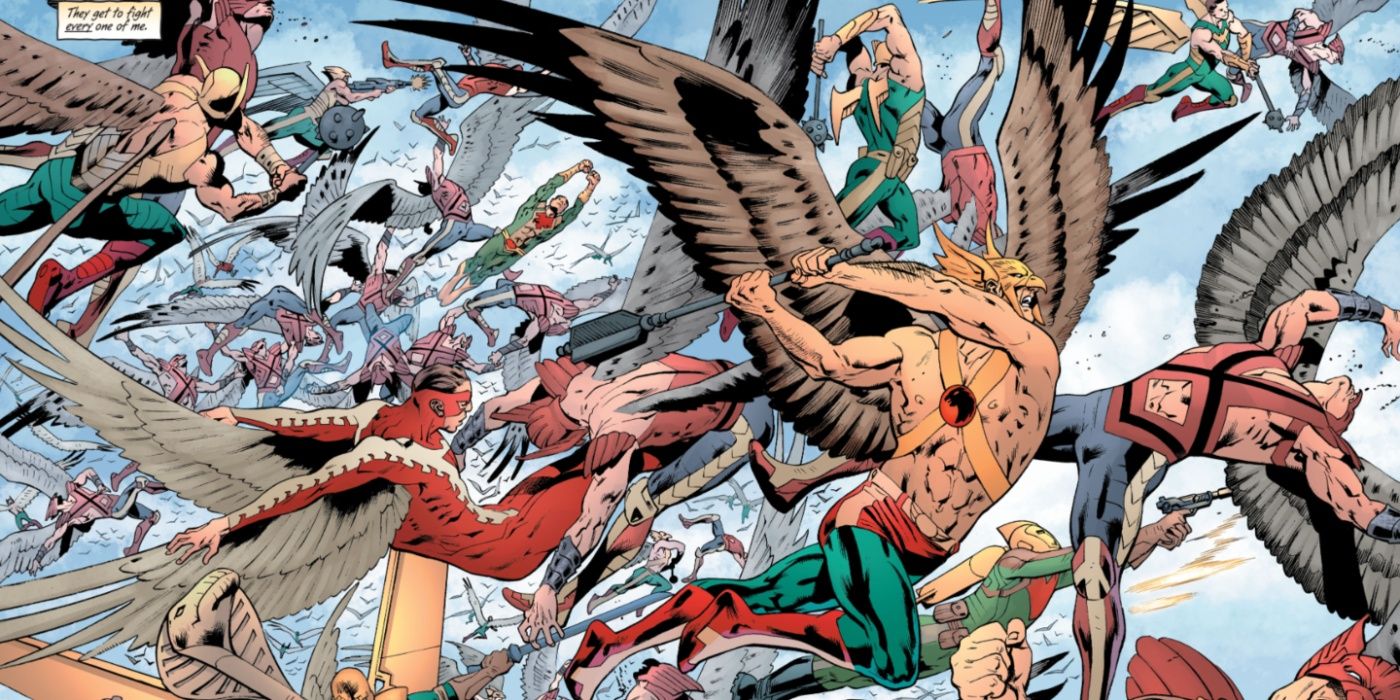
With multiple conflicting variants across multiple timelines that oftentimes exist simultaneously, DC’s Hawkman and Hawkgirl have long had one of the publisher’s most convoluted backstories. Across these iterations, the Hawks have most famously been portrayed as reincarnated royalty as well as alien space cops in a personal timeline that would give Kang the Conqueror a headache. But the introduction of Ktar Deathbringer cleared up the confusion in one stroke.
6. Worse: Identity Crisis (All of It)
Identity Crisis by Brad Meltzer, Rags Morales, Mike Bair, Alex Sinclair, and Ken Lopez
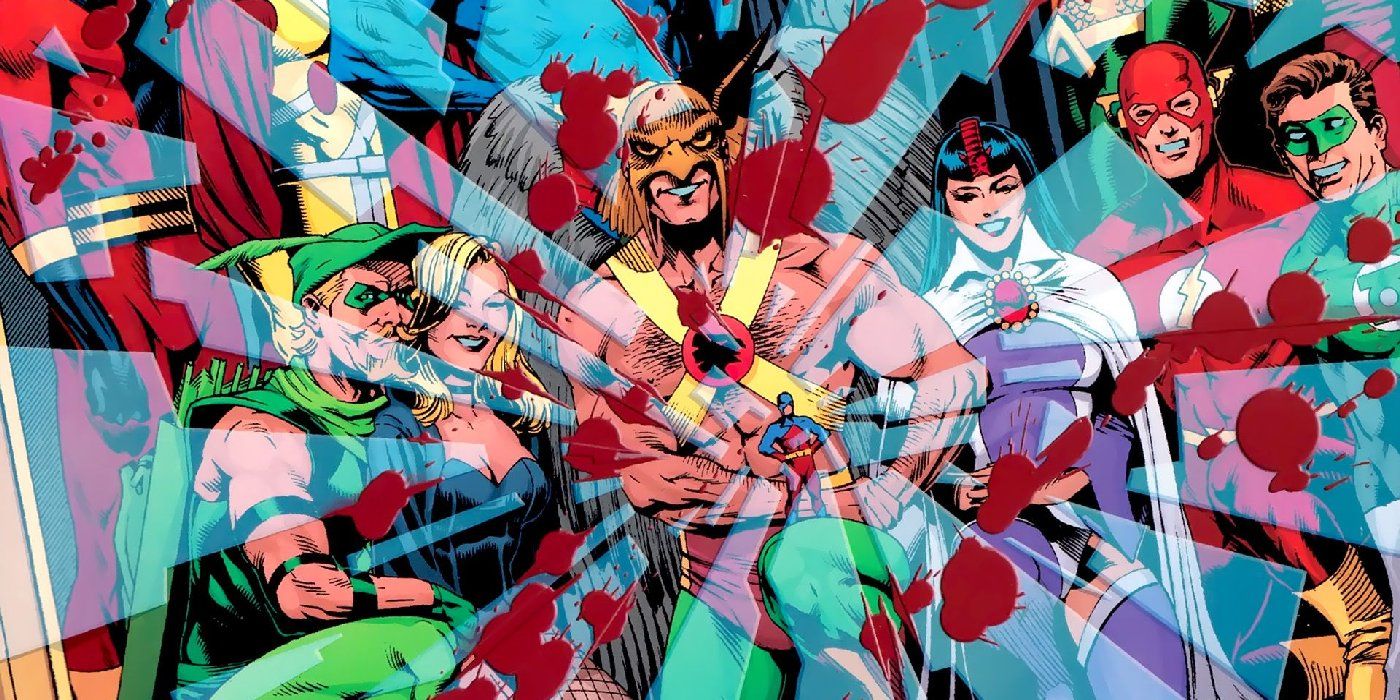
Continuity quibbles aside, the story’s overall treatment of women hasn’t aged well at all – hardly surprising considering how controversial it was at the time – and the portrayals of both Sue Dibny and Jean Loring are pruriently misogynistic. This story is genuinely one of DC Comics’ darkest, embodying a grim time in its otherwise bright, hopeful continuity.
5. Better: Green Lantern’s Parallax Possession
Green Lantern: Rebirth by Geoff Johns, Ethan Van Sciver, Prentis Rollins, Mick Gray, Marlo Alquiza, Moose Baumann, and Rob Leigh
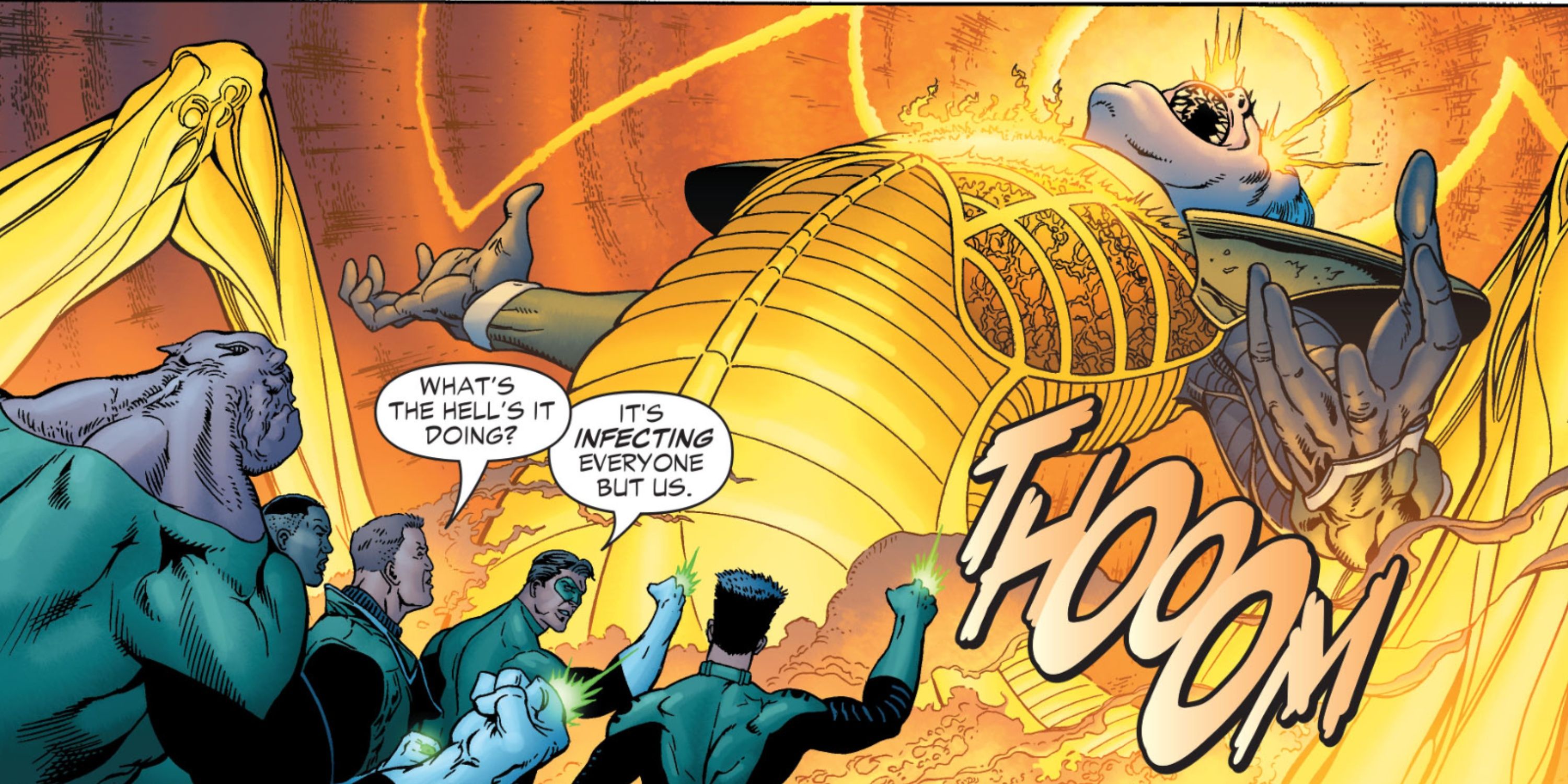
The creation of Parallax as an entity of its own as opposed to a villainous codename chosen by Jordan at random not only helped redeem one of the publisher’s Silver Age legends, but opened the doorway to decades’ worth of storytelling exploring the Emotional Spectrum. To this day, the effects of this retcon are still being felt, and neither the Green Lantern mythos nor DC Comics’ would be what they are without it.
4. Worse: Wonder Woman’s True Heritage in the New 52
Wonder Woman #3 by Brian Azzarello Cliff Chiang, Matt Wilson, and Jared K. Fletcher
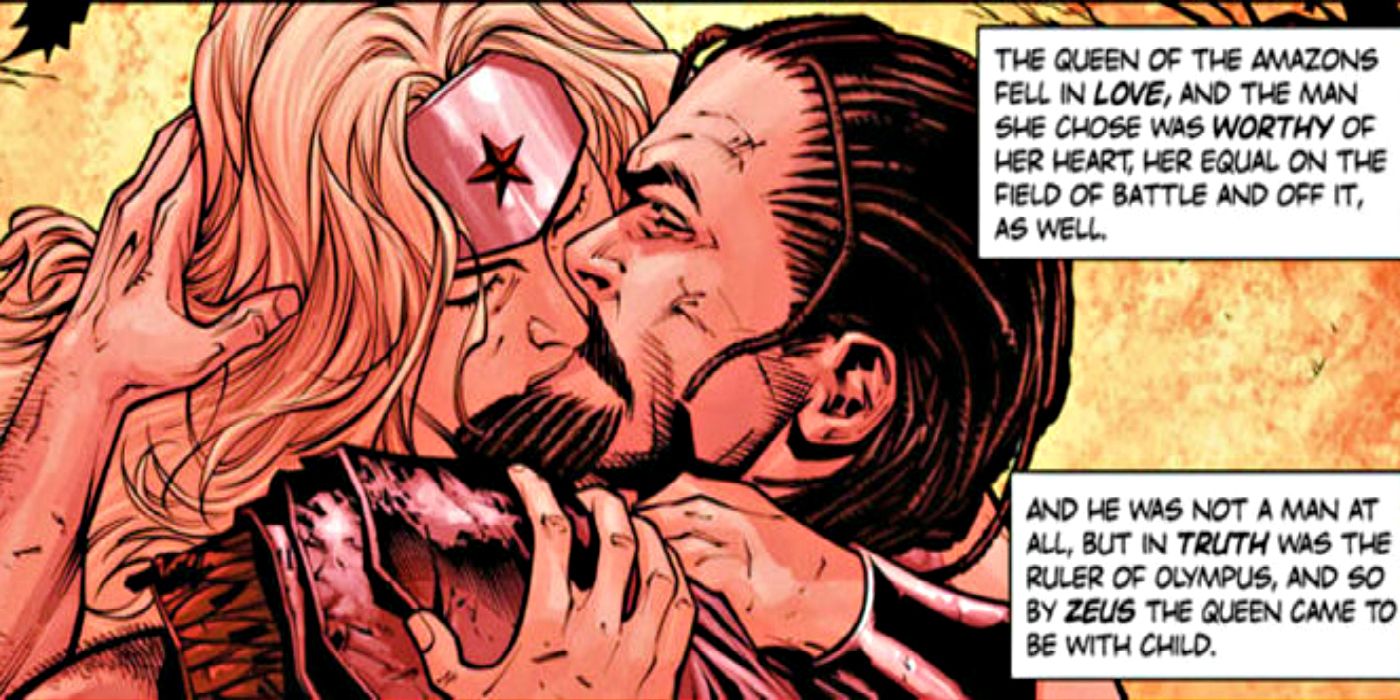
Some have made the argument that this change brings her closer to her roots in Greek mythology by giving her a background akin to Heracles himself. But in so doing, this alteration turned Diana into just another demigod. And with the eventual added retcon that Diana also had a twin brother, these changes in actuality did little more than center men at the heart of what had long been a story of feminist empowerment.
3. Better: Swamp Thing’s True Identity
The Saga of the Swamp Thing #21 by Alan Moore, Steve Bissette, John Totleben, Tatjana Wood, and John Costanza
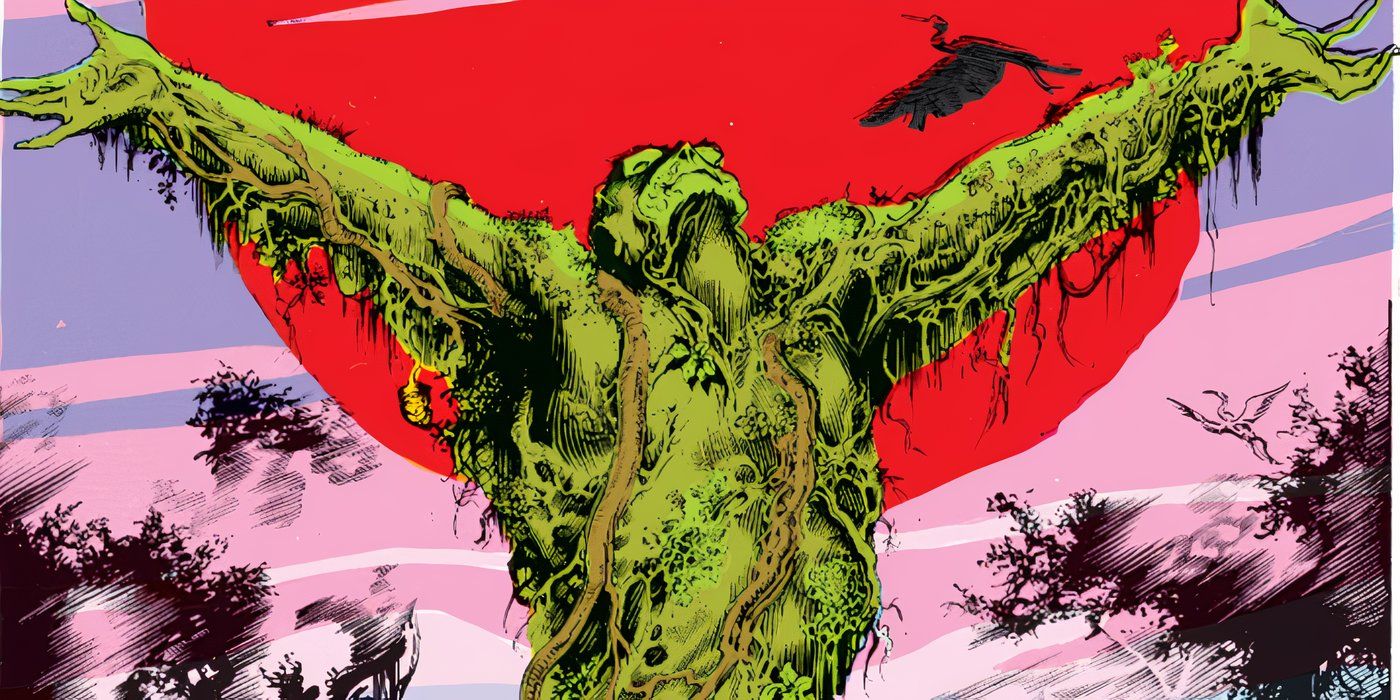
The Saga of the Swamp Thing #21 revealed that, in reality, Holland had indeed died, making the Swamp Thing a living golem who mistakenly believed himself a man after absorbing Holland’s consciousness. This twist added a twinge of tragedy to the beloved monster, sparking questions about identity and humanity that still speak to readers to this day.
2. Better: Alfred Pennyworth Raising Batman After His Parents’ Deaths
Batman: Year One by Frank Miller, David Mazzucchelli, Richmond Lewis, and Todd Klein
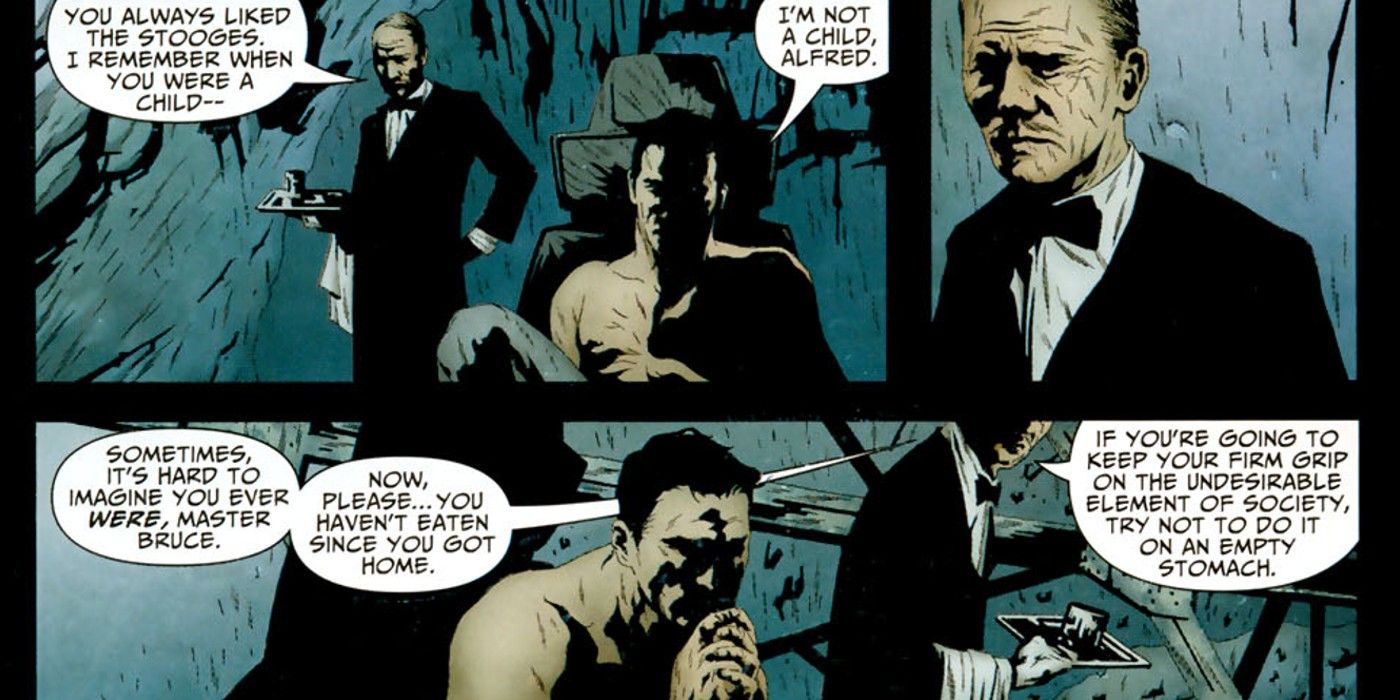
The relationship between Batman and his faithful butler, Alfred Pennyworth, is one of the most well-known aspects of the character. Raised by Pennyworth after the murder of his parents, Bruce Wayne grew to see Alfred as a surrogate father, trusting him more than practically anyone else. But while this dynamic is now integral to Batman lore, it actually wasn’t even canon until the legendary Batman: Year One.
1. Better: The Kents Raising Superman
Superman #1 by Jerry Siegel and Joe Shuster
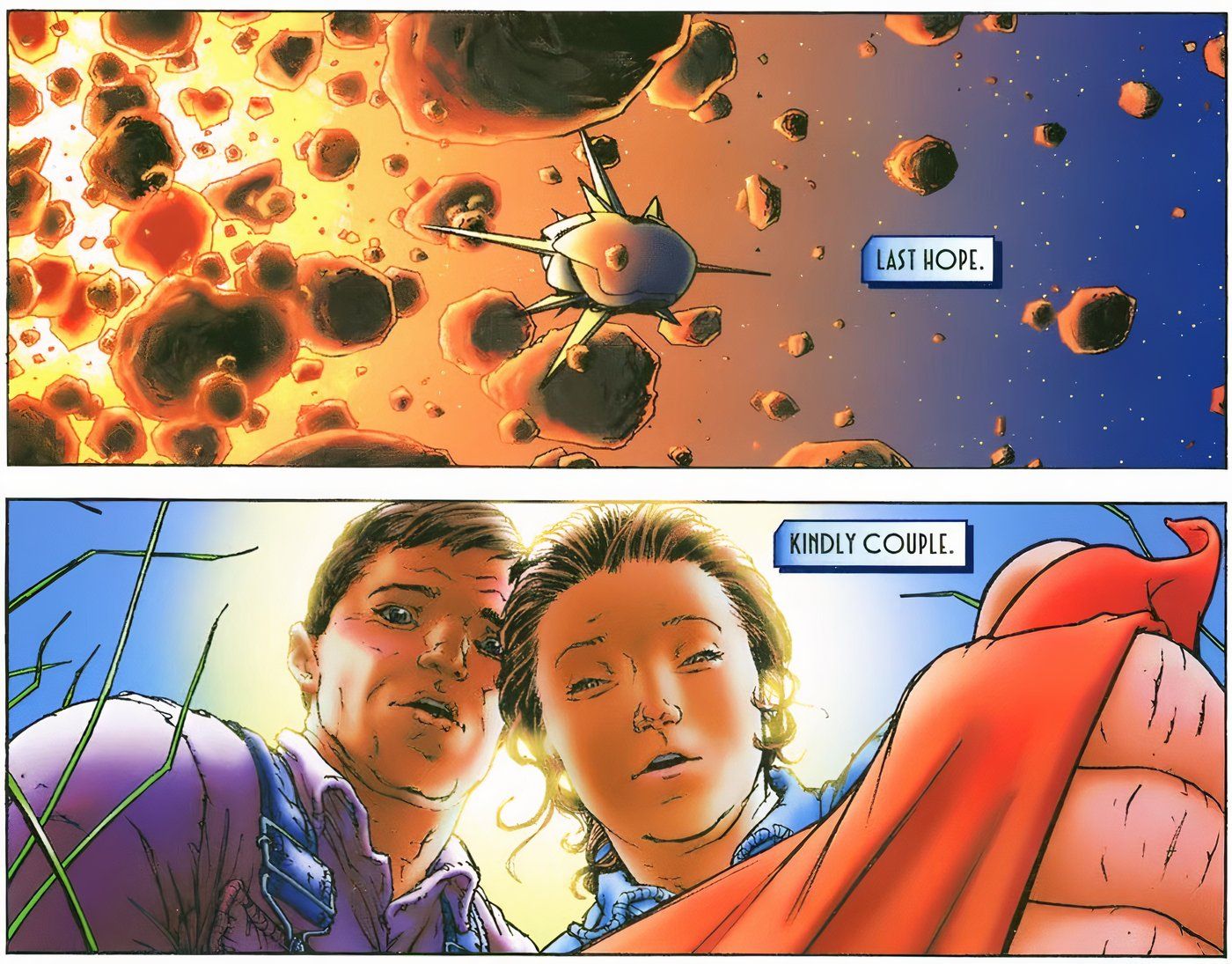
As famously summed up in All-Star Superman by Grant Morrison and Frank Quitely, Superman’s origin story is best described as “Doomed planet. Desperate scientists. Last hope. Kindly couple.” But in Superman’s initial debut, the kindly couple had very little to do with it. Action Comics #1 by Siegel and Shuster portrays Clark Kent as having been raised in an orphanage after his rocket is found by a passing motorist, and it’s not until the retelling of his origin in Superman #1 that the Kents come into play.

